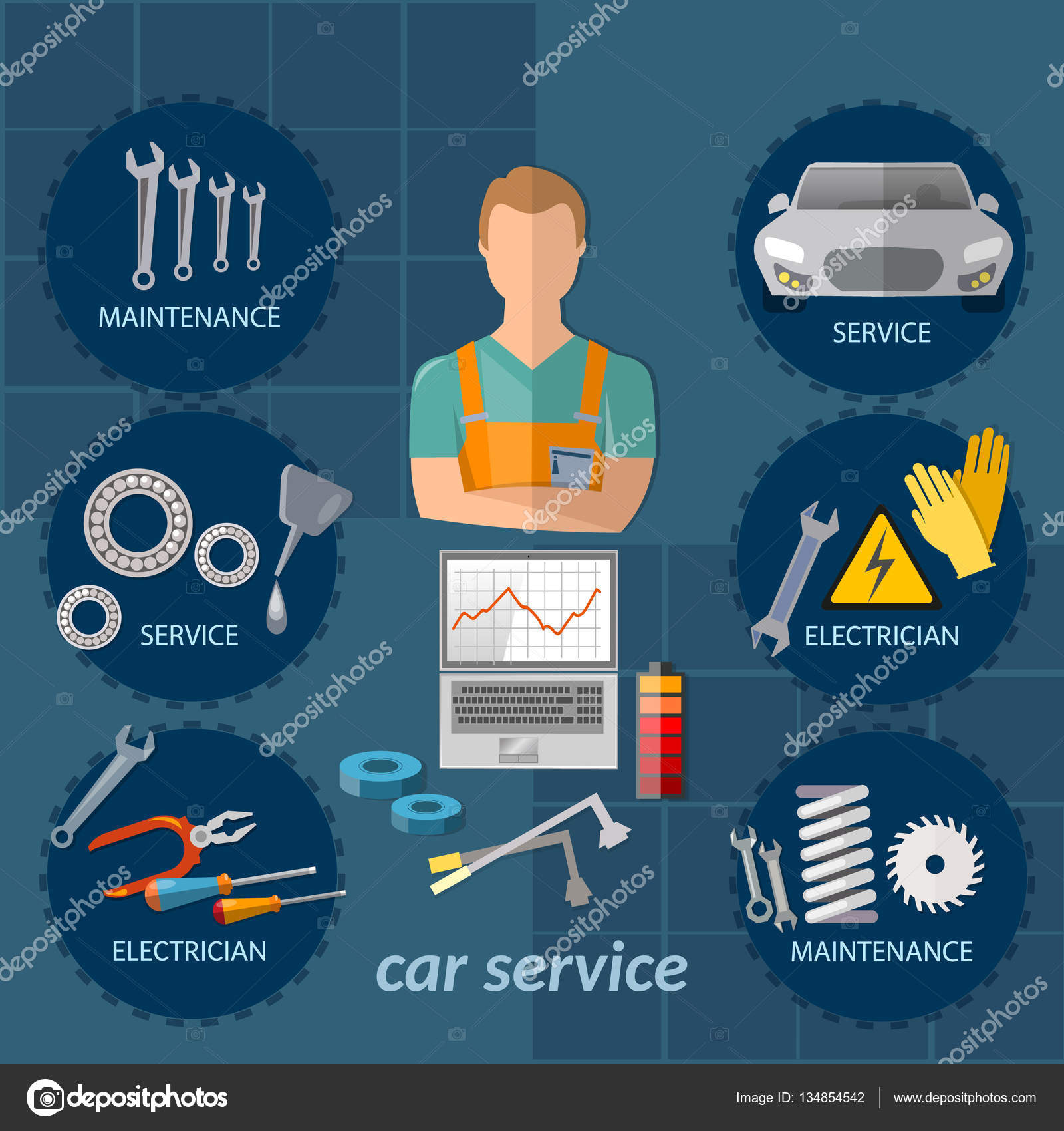Examining Your Car'S Caution Indicators: What They Truly Communicate
Examining Your Car'S Caution Indicators: What They Truly Communicate
Blog Article
Developed By-Lauritsen Forbes
When you're behind the wheel, those beautiful caution lights on your dashboard can be a bit bewildering. Do you understand what they're attempting to tell you concerning your vehicle's wellness? Understanding the significance of these lights is essential for your safety and the long life of your car. So, the next time one of those lights turns up, wouldn't you intend to decode its message accurately and take the essential steps to address it?
Common Caution Lights and Interpretations
Determine usual warning lights in your vehicle and recognize their significances to make certain safe driving.
One of the most common warning lights consist of the check engine light, which signals concerns with the engine or emissions system. If deep clean car interior begins, it's critical to have your lorry examined without delay.
The oil pressure cautioning light indicates low oil pressure, requiring immediate focus to prevent engine damage.
A blinking battery light could suggest a malfunctioning billing system, potentially leaving you stranded otherwise attended to.
The tire stress surveillance system (TPMS) light signals you to reduced tire pressure, affecting lorry stability and gas performance. Overlooking this can bring about dangerous driving conditions.
The abdominal muscle light suggests a trouble with the anti-lock stopping system, endangering your capacity to quit quickly in emergency situations.
Lastly, the coolant temperature alerting light warns of engine getting too hot, which can lead to serious damage otherwise resolved quickly.
Understanding these usual caution lights will certainly assist you address concerns quickly and maintain risk-free driving conditions.
Significance of Prompt Interest
Understanding the common caution lights in your cars and truck is just the very first step; the importance of without delay addressing these cautions can not be highlighted sufficient to ensure your safety on the road.
When a warning light brightens on your dashboard, it's your car's way of communicating a prospective concern that requires interest. Overlooking https://www.ratchetandwrench.com/articles/12410-5-tips-for-managing-difficult-employees can result in extra serious problems in the future, jeopardizing your safety and possibly costing you a lot more out of commission.
Prompt interest to warning lights can prevent breakdowns and mishaps. For example, a blinking check engine light can suggest a misfire that, if left neglected, might trigger damages to the catalytic converter. Addressing this promptly can save you from a pricey repair work.
In a similar way, a brake system cautioning light could indicate reduced brake liquid or used brake pads, vital parts for your safety when driving.
Do It Yourself Troubleshooting Tips
If you see a caution light on your dashboard, there are a few DIY fixing suggestions you can try before looking for specialist assistance.
car interior cleaning near me is to consult your car's guidebook to understand what the particular caution light shows. Occasionally the problem can be as easy as a loosened gas cap activating the check engine light. Tightening up the gas cap may settle the trouble.
One more usual issue is a low battery, which can activate various cautioning lights. Examining the battery connections for rust and ensuring they're protected could deal with the problem.
If a caution light persists, you can attempt resetting it by separating the auto's battery for a few mins and afterwards reconnecting it. In addition, examining your car's liquid levels, such as oil, coolant, and brake liquid, can help repair warning lights connected to these systems.
Final thought
To conclude, comprehending your cars and truck's warning lights is important for maintaining your vehicle running smoothly and securely. By without delay attending to these alerts and understanding what they mean, you can stay clear of pricey fixings and potential breakdowns.
Bear in mind to consult your vehicle's guidebook for particular information on each alerting light and do something about it appropriately to make sure a trouble-free driving experience.
Keep informed, remain linked site on the road!
